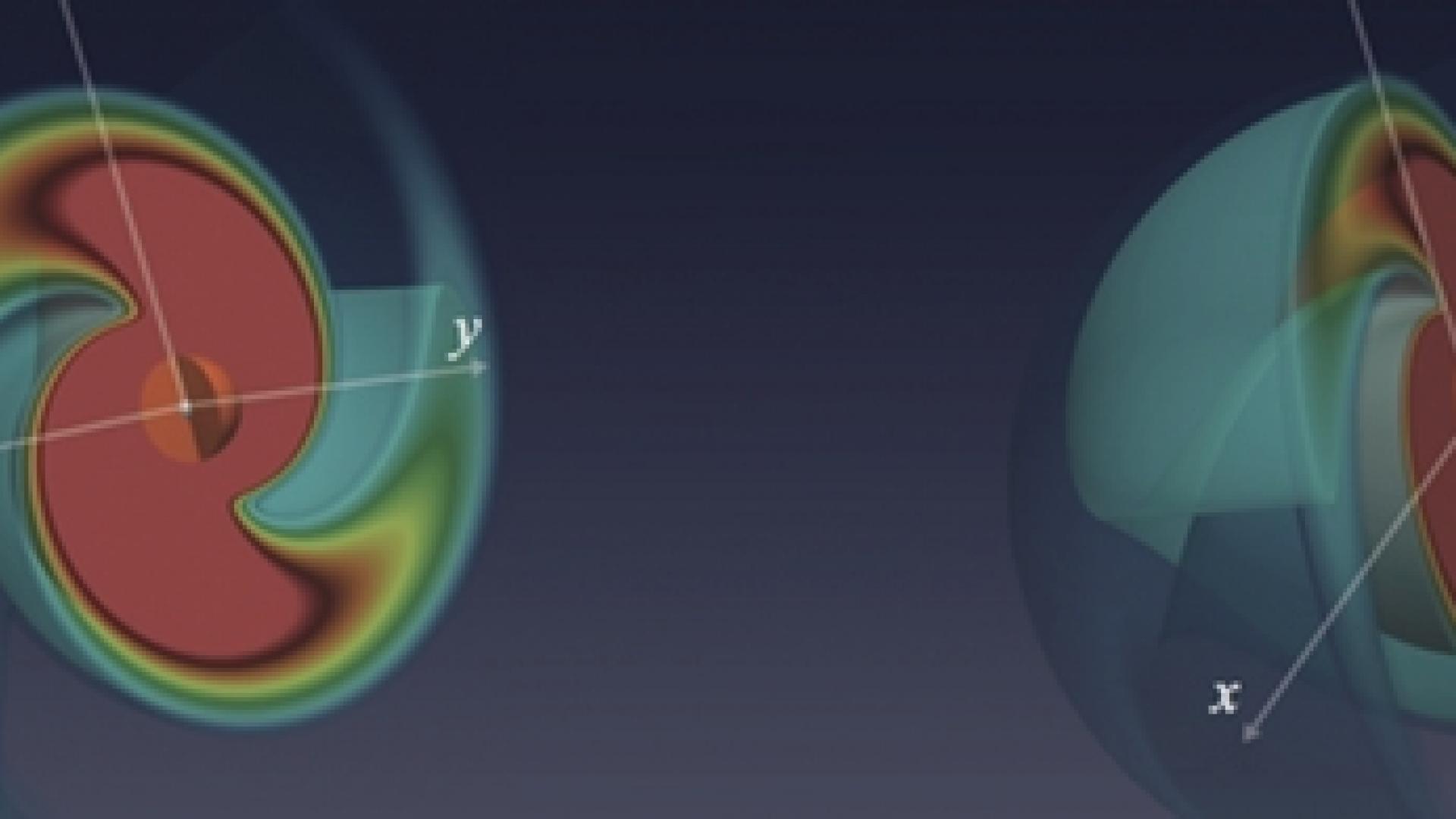Integrating coherent light sources at the nanoscale with spasers is one of the most promising applications of plasmonics. In a spaser, localized plasmon polaritons (LPPs) waves occurring at the metal-dielectric interface are amplified by an active medium. Under specific conditions, the gain of plasmonic modes can overcome the absorption losses occurring in the metal and stimulated emission of radiation occurs, as experimentally observed in optically pumped spasers. Despite the large body of experimental research, the theoretical understanding of the spaser dynamics is still challenging. Fundamental insights on the lasing threshold conditions have been obtained by Mie theoretical approaches and semi-classical methods.
One of the most widely adopted configurations for the spaser is represented by a spherically symmetric nanostructure composed by a metallic core coated with a shell of resonant material. Even for such a simple geometrical configuration, both the spatial distribution of the lasing modes and their temporal evolution are still unclear in many aspects. While the core nanostructure supports strongly directional dipole modes, in fact, the symmetry of the system is expected to favor a rotational invariant laser emission. Understanding the competition between these opposite aspects, while furnishing new insights on the core-shell spaser, can provide key elements to govern the dynamics of energy emission from these structures.
Controlling the directionality of light in nanophotonic channels is a fundamental challenge in plasmonics, and is at the center of large research efforts. The classical approach to address this issue is to use passive structures with broken symmetries, which scatter light in one preferential direction. An intriguing question is related to the possibility of achieving unidirectional emission from a perfectly spherical nanoparticle. Intuitively, one may expect that this would not be possible, due to the geometrical symmetry of the structure. However, we here illustrate that this counterintuitive dynamics is indeed feasible, thanks to the fundamental principle of energy equipartition. By leveraging on this thermodynamic principle, we illustrate how it is possible to observe very unconventional light-matter interactions in spherically symmetric systems, enabling a new manifold of functionalities at the nanoscale with spaser technology.
